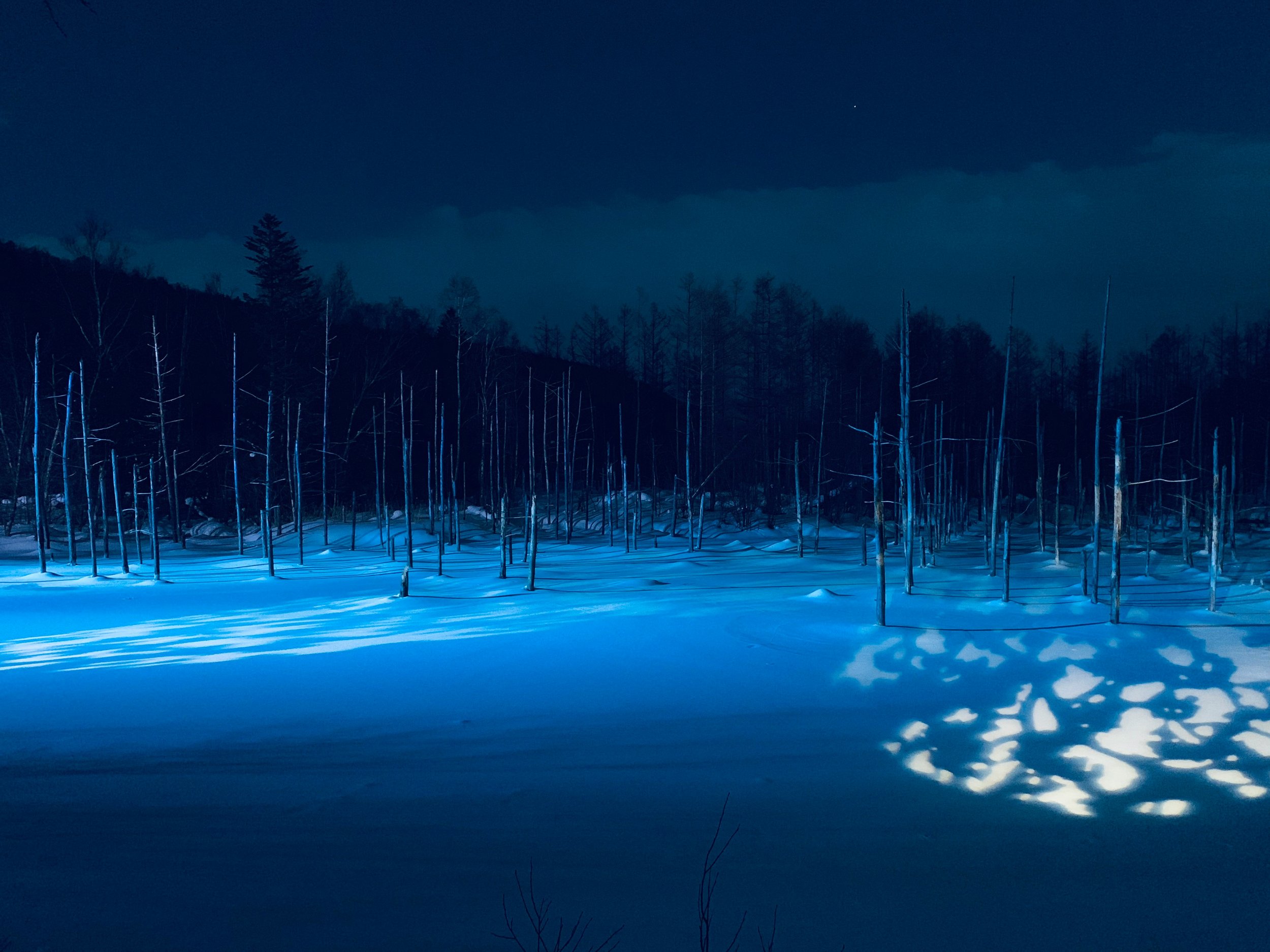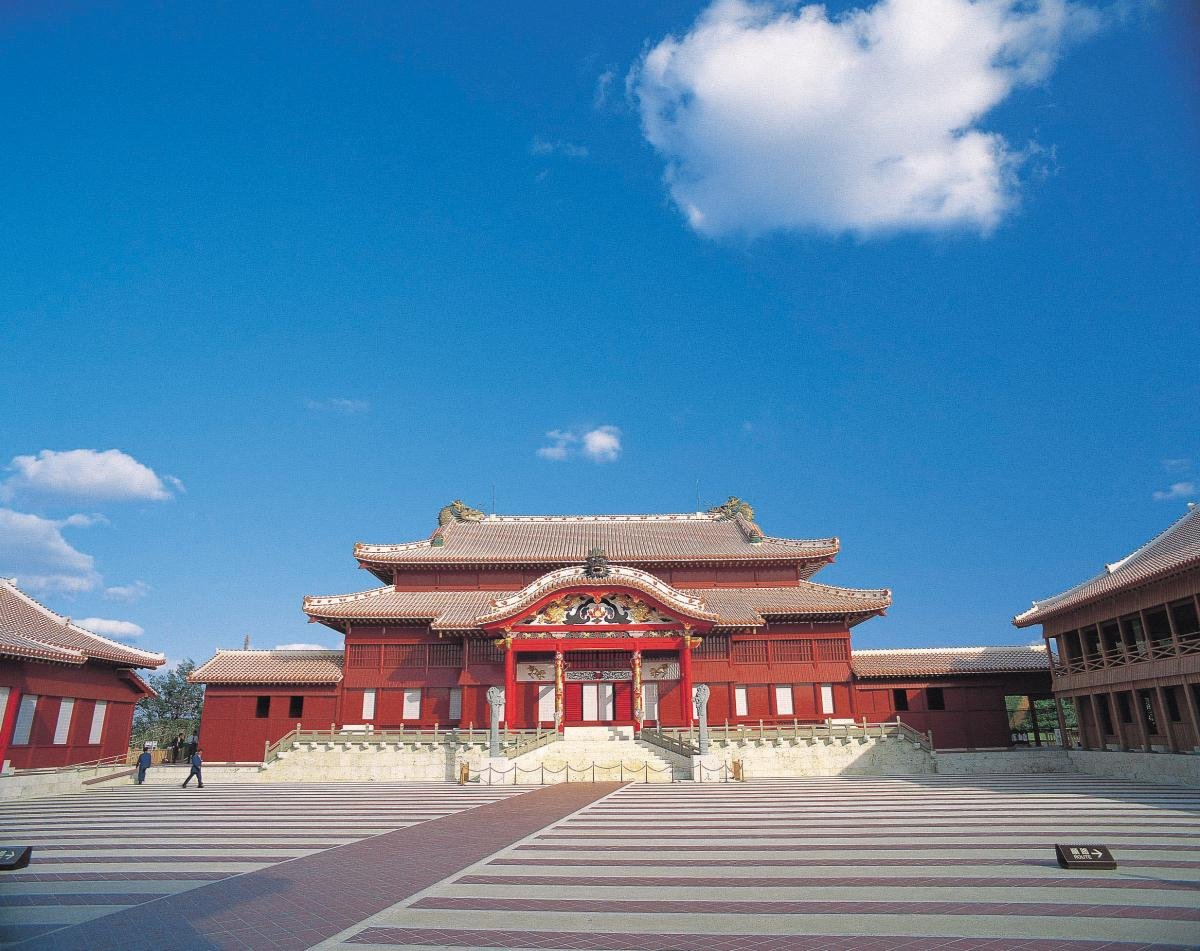A guide to regions in Japan
Japan is a captivating blend of ancient traditions and futuristic innovations, making it an unforgettable destination for first-time travelers. Whether you’re drawn by the allure of its historical temples, the buzz of neon-lit cities, or the serenity of its natural landscapes, Japan’s diversity is what makes it so enchanting. Let’s explore Japan’s main regions to help you plan the perfect trip.
1. Hokkaido: Nature’s Paradise
Located in the northernmost part of Japan, Hokkaido is a haven for nature lovers and adventure seekers. Known for its stunning national parks, volcanic mountains, and world-class skiing, Hokkaido offers year-round outdoor activities. In winter, the Sapporo Snow Festival showcases incredible ice sculptures, while summer invites hikers to explore the breathtaking landscapes of Daisetsuzan National Park.
• Top attractions: Sapporo, Otaru, Niseko, Furano, and Shiretoko Peninsula.
• Best time to visit: Winter for skiing and summer for hiking and flower fields.




2. Tohoku: Japan’s Hidden Gem
Tohoku, located in the northeast of Honshu (Japan’s main island), is often overlooked but offers stunning landscapes and rich cultural heritage. Known for its hot springs, remote temples, and beautiful autumn foliage, Tohoku provides a more off-the-beaten-path experience. The region was hit by the 2011 tsunami, but it has recovered and remains a peaceful, scenic retreat for visitors.
• Top attractions: Aomori’s Nebuta Matsuri Festival, Lake Towada, and the temples of Hiraizumi.
• Best time to visit: Autumn for vibrant foliage and spring for cherry blossoms.




3. Kanto: The Heart of Modern Japan
Kanto is home to Japan’s bustling capital, Tokyo, and is the most urbanized region. Tokyo is a dazzling metropolis where modern skyscrapers meet historic temples. From the electric streets of Shibuya to the peaceful Meiji Shrine, Tokyo offers something for everyone. Beyond Tokyo, the Kanto region also includes Yokohama and the ancient city of Kamakura, known for its giant Buddha and coastal beauty.
• Top attractions: Tokyo Tower, Sensō-ji Temple, Meiji Shrine, Akihabara, and DisneySea.
• Best time to visit: Year-round, but spring and autumn are ideal for pleasant weather.




4. Chubu: The Japanese Alps and Cultural Treasures
The Chubu region lies in central Japan, offering a mix of mountainous landscapes and cultural experiences. Nagano is famous for its ski resorts and the charming snow monkeys of Jigokudani, while Shirakawa-go is known for its thatched-roof houses. For those seeking spirituality, Mount Fuji, Japan’s iconic symbol, offers hiking trails and spectacular views.
• Top attractions: Mount Fuji, Shirakawa-go, Takayama, and Kanazawa.
• Best time to visit: Winter for skiing or summer for hiking and festivals.




5. Kansai: Japan’s Cultural Heartland
Kansai is home to some of Japan’s most famous historical and cultural landmarks. Kyoto, the former imperial capital, is a must-see for its stunning temples, traditional tea houses, and seasonal beauty. Osaka offers a more laid-back, vibrant atmosphere, known for its street food and nightlife. Meanwhile, Nara is known for its friendly, roaming deer and ancient temples like Todai-ji.
• Top attractions: Fushimi Inari Shrine, Kiyomizu Temple, Osaka Castle, and Nara Park.
• Best time to visit: Spring for cherry blossoms and autumn for foliage.
6. Chugoku: Off the Beaten Path
Chugoku, in western Honshu, offers a quieter escape with a rich history. Hiroshima, a city known for its peace memorials, tells the poignant story of World War II’s atomic bombing. Nearby, Miyajima Island is home to the iconic floating Torii gate. The region also includes the less-touristy Tottori and Shimane, where ancient legends and scenic coastal landscapes abound.
• Top attractions: Hiroshima Peace Memorial Park, Miyajima Island, Sand Dunes of Tottori, and Okayama Castle.
• Best time to visit: Spring or autumn for pleasant weather and fewer crowds.




7. Shikoku: Pilgrimage and Nature
Shikoku, the smallest of Japan’s four main islands, is known for its 88-temple pilgrimage, scenic coastal views, and beautiful river valleys. The island is a spiritual hub and is home to many historical temples, especially in the city of Kochi and along the pilgrimage route. It’s also famous for the Naruto whirlpools, visible from boat tours or bridges.
• Top attractions: Ritsurin Garden, Iya Valley, and the Naruto Whirlpools.
• Best time to visit: Spring and autumn for mild temperatures.




8. Kyushu: Volcanoes and Hot Springs
Kyushu, located in the southwest, is a mix of modern cities and volcanic landscapes. Fukuoka is a vibrant city known for its food scene, while Beppu and Yufuin are famous for hot springs. Nagasaki has a rich international history and is known for its atomic bomb museum. Active volcanoes like Mount Aso add to Kyushu’s rugged beauty.
• Top attractions: Fukuoka Tower, Beppu Hot Springs, Mount Aso, and Nagasaki Peace Park.
• Best time to visit: Year-round, but summer offers the best weather for hot spring baths.
9. Okinawa: Tropical Island Paradise
Located far south of Japan’s mainland, Okinawa is a tropical paradise known for its clear blue waters, coral reefs, and unique culture that differs from the rest of Japan. It’s a great destination for beach lovers, scuba divers, and those interested in the Ryukyu Kingdom’s history. Okinawa’s slower pace and friendly locals make it a great getaway from the hustle and bustle of the main islands.
• Top attractions: Shurijo Castle, Churaumi Aquarium, the beaches of Miyako Island and Ishigaki Island
• Best time to visit: Spring and summer for the best beach weather.




Japan’s diversity in culture, geography, and experiences ensures that every traveler, whether seeking tradition or modernity, can find something to love. Whether you’re exploring the neon streets of Tokyo or relaxing in an onsen in Hokkaido, Japan will captivate you with its charm, warmth, and beauty.
With all being said, take the time to explore the regions that interest you most, but don’t be afraid to veer off the tourist path and discover some of Japan’s lesser-known gems. Get in touch with us if you need any help with your plannings!
Got something you’d like to consult? Book a session with us now!







